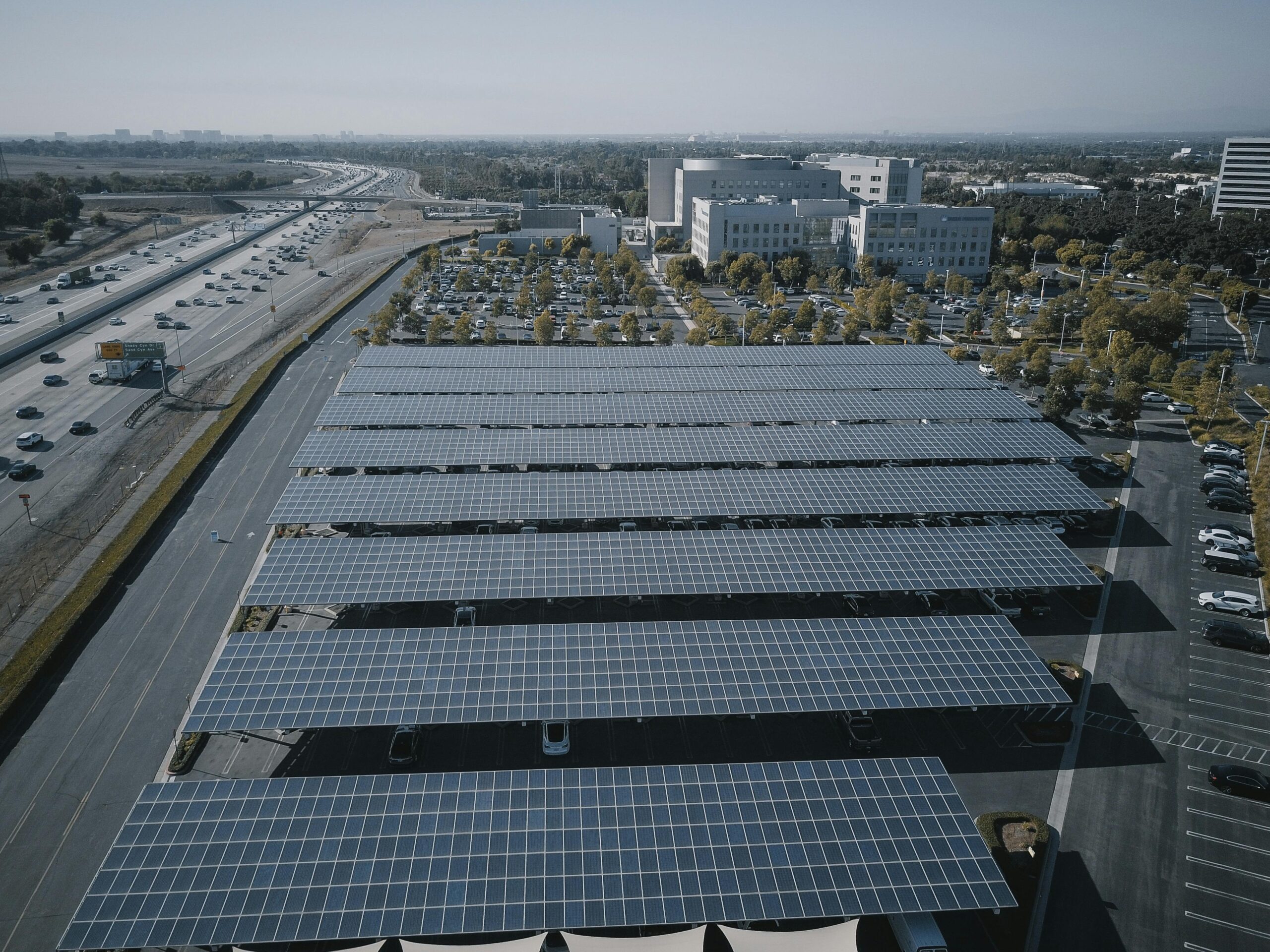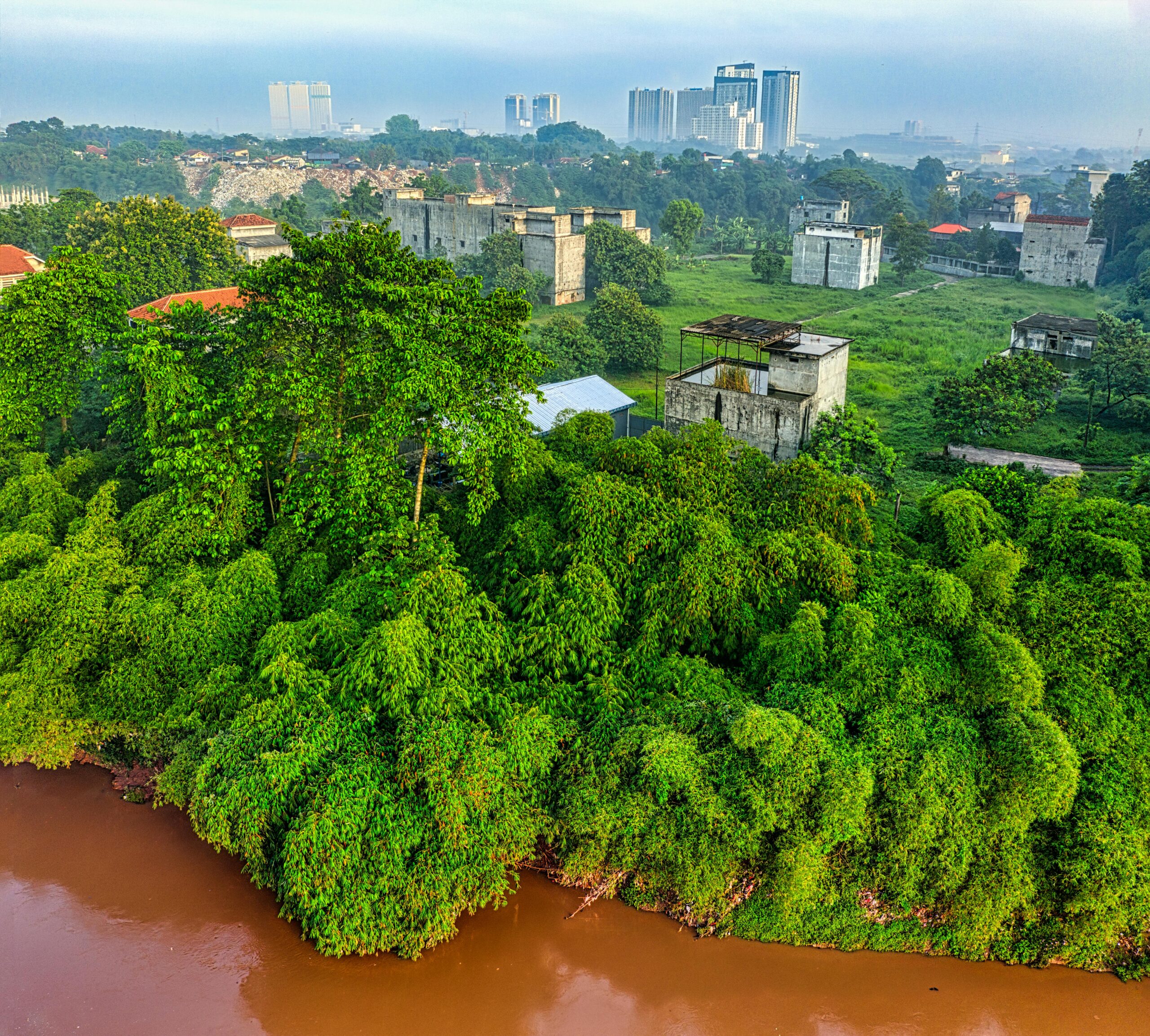Artificial intelligence is transforming how we design, manage, and experience urban spaces, offering unprecedented insights into creating cities that are smarter, greener, and more livable for everyone.
🏙️ The Dawn of Intelligent Urban Planning
Cities worldwide are facing mounting challenges: population growth, climate change, infrastructure aging, and resource constraints. Traditional urban planning methods, while valuable, often struggle to keep pace with the complexity and speed of modern urbanization. Enter AI-driven urban analytics—a revolutionary approach that combines machine learning, big data, and predictive modeling to reimagine how we build and manage our communities.
The integration of artificial intelligence into city planning isn’t just about technology for technology’s sake. It represents a fundamental shift in how we understand urban dynamics, predict future needs, and make decisions that affect millions of lives. From optimizing traffic flows to predicting energy consumption patterns, AI is enabling planners to see the invisible connections that shape urban life.
Understanding AI-Driven Urban Analytics
AI-driven urban analytics refers to the application of artificial intelligence technologies to collect, process, and analyze vast amounts of urban data. This includes information from sensors, satellites, social media, transportation systems, utility networks, and countless other sources that generate insights about how cities function.
Unlike conventional analysis methods that rely on historical data and linear projections, AI systems can identify complex patterns, simulate multiple scenarios simultaneously, and learn from outcomes to continuously improve their predictions. Machine learning algorithms can process millions of data points in seconds, revealing correlations and trends that would take human analysts years to uncover.
Core Technologies Powering Smart Urban Planning
Several key technologies form the backbone of AI-driven urban analytics. Machine learning algorithms enable systems to recognize patterns and make predictions without explicit programming. Computer vision allows analysis of satellite imagery and street-level photographs to assess infrastructure conditions, monitor construction progress, or identify areas needing attention.
Natural language processing helps planners extract insights from public feedback, social media conversations, and policy documents. Internet of Things (IoT) sensors deployed throughout cities provide real-time data on everything from air quality to parking availability. Geographic Information Systems (GIS) integrated with AI create dynamic maps that visualize complex urban phenomena in intuitive ways.
🚦 Transforming Transportation and Mobility
Perhaps nowhere is AI’s impact more visible than in urban transportation. Intelligent traffic management systems analyze real-time traffic data to optimize signal timing, reducing congestion and emissions. Predictive analytics help transit agencies anticipate demand patterns, allowing them to adjust service levels dynamically and improve rider experience.
AI-powered route optimization considers multiple variables—traffic conditions, weather, special events, construction—to suggest the most efficient paths for both individual vehicles and public transit. This not only saves time but significantly reduces fuel consumption and environmental impact. Cities like Singapore and Barcelona have implemented AI traffic management systems that have cut commute times by up to 25%.
Public Transit Revolution
AI is revolutionizing public transportation planning by analyzing ridership patterns with unprecedented granularity. Machine learning models can predict which routes will experience high demand hours or even days in advance, enabling agencies to allocate resources more effectively. This means fewer overcrowded buses during peak hours and reduced waste on underutilized routes.
Predictive maintenance powered by AI is transforming fleet management. Sensors on buses, trains, and trams continuously monitor mechanical systems, while algorithms predict potential failures before they occur. This shift from reactive to proactive maintenance reduces downtime, improves safety, and extends vehicle lifespans—saving millions in operational costs.
🌱 Environmental Sustainability Through Data Intelligence
Climate change demands that cities become more sustainable, and AI provides powerful tools to achieve this goal. Urban heat island analysis using satellite imagery and weather data helps planners identify areas most affected by elevated temperatures, guiding decisions about where to plant trees, install cooling infrastructure, or modify building codes.
Air quality monitoring networks equipped with AI analytics can pinpoint pollution sources, predict air quality trends, and evaluate the effectiveness of interventions. This granular understanding enables targeted policies that protect vulnerable populations while minimizing economic disruption.
Energy Optimization and Green Infrastructure
AI algorithms analyze energy consumption patterns across buildings, neighborhoods, and entire cities to identify inefficiencies and optimization opportunities. Smart grid systems use machine learning to balance supply and demand in real-time, integrating renewable energy sources more effectively and reducing reliance on fossil fuels.
Green infrastructure planning benefits immensely from AI-driven analysis. Machine learning models can identify optimal locations for parks, green roofs, and urban forests by considering factors like population density, existing vegetation, air quality, and heat distribution. The result is strategic placement of green spaces that maximizes environmental and social benefits.
🏢 Smart Building and Infrastructure Management
The built environment generates enormous amounts of data that AI can transform into actionable insights. Computer vision algorithms analyze building facades from street-level imagery to assess maintenance needs, identify code violations, or evaluate architectural heritage. This automated inspection capability allows cities to monitor infrastructure conditions at scale, something impossible with traditional manual surveys.
Predictive models help prioritize infrastructure investments by forecasting deterioration rates and evaluating the consequences of different maintenance strategies. Cities can move from crisis-driven repairs to strategic asset management, extending infrastructure lifespans while reducing long-term costs.
Construction and Development Intelligence
AI is streamlining the development approval process by automatically checking proposed plans against zoning codes, environmental regulations, and design guidelines. What once took weeks of manual review can now happen in hours, accelerating good projects while maintaining compliance standards.
During construction, AI-powered monitoring systems track progress using drone imagery and computer vision, comparing actual work against schedules and plans. This real-time oversight helps identify delays early, improves safety monitoring, and ensures projects meet quality standards.
👥 Enhancing Quality of Life and Social Equity
Beyond physical infrastructure, AI-driven analytics is addressing social dimensions of urban life. Sentiment analysis of social media and community feedback helps planners understand public priorities and concerns with unprecedented immediacy. This creates opportunities for more responsive, inclusive planning processes that genuinely reflect community needs.
Access to services analysis uses AI to identify underserved neighborhoods and evaluate how well residents can reach essential amenities like healthcare, education, and grocery stores. These insights guide equitable resource allocation, ensuring that urban improvements benefit all residents, not just affluent areas.
Public Safety and Emergency Response
AI enhances public safety through predictive policing models that identify crime hotspots and optimal patrol routes, though these systems require careful oversight to prevent bias. More universally beneficial are AI-powered emergency response systems that optimize ambulance routing, predict emergency demand, and coordinate multi-agency responses during disasters.
Disaster preparedness benefits from AI simulations that model how floods, earthquakes, or other emergencies would affect urban systems. These models identify vulnerable areas and populations, guide evacuation planning, and help cities build resilience before disasters strike.
📊 Data Challenges and Privacy Considerations
The power of AI-driven urban analytics depends entirely on data quality and availability. Many cities struggle with fragmented data systems where information is siloed across departments using incompatible formats. Establishing unified data platforms requires significant investment and organizational change, but is essential for realizing AI’s potential.
Privacy concerns present another critical challenge. Urban analytics often involves collecting data about individual movements, behaviors, and preferences. Cities must implement robust data governance frameworks that protect privacy while enabling beneficial analysis. This includes anonymization techniques, clear consent protocols, and transparent policies about data usage and retention.
Algorithmic Bias and Fairness
AI systems can perpetuate or even amplify existing biases if trained on historical data that reflects past inequities. Urban planners must actively audit algorithms for bias, ensure diverse representation in training data, and maintain human oversight of AI recommendations. The goal is not replacing human judgment with algorithms, but augmenting human expertise with data-driven insights.
🌍 Global Success Stories and Implementation Models
Cities worldwide are demonstrating AI’s transformative potential. Copenhagen uses AI-powered digital twins—virtual replicas of the entire city—to simulate the impact of planning decisions before implementing them. This allows testing different scenarios for bicycle infrastructure, green spaces, or building developments to optimize outcomes.
Toronto’s Waterfront initiative integrates AI throughout the planning process, from traffic management to waste collection optimization. The project demonstrates how AI can be woven into the urban fabric from the ground up, creating truly smart districts rather than retrofitting technology onto existing infrastructure.
In developing countries, AI is leapfrogging traditional planning limitations. Nairobi uses satellite imagery analysis and machine learning to map informal settlements, providing crucial data for extending services to previously invisible communities. This application shows how AI can advance equity, not just efficiency.
🚀 The Future of AI in Urban Planning
Looking ahead, AI’s role in city planning will only expand. Digital twins will become more sophisticated, incorporating real-time data to create living simulations that continuously reflect urban conditions. Augmented reality interfaces will allow planners and citizens to visualize proposed changes overlaid on the actual environment, making planning more accessible and understandable.
Generative AI may soon design entire neighborhoods, producing thousands of options that optimize multiple objectives—sustainability, walkability, aesthetics, affordability—then allowing human planners to refine and select preferred alternatives. This human-AI collaboration could dramatically accelerate planning while ensuring designs meet complex criteria.
Building Capacity and Expertise
Realizing this future requires building capacity within planning departments. Urban planners need training in data literacy, AI fundamentals, and critical evaluation of algorithmic outputs. Universities must evolve planning curricula to prepare the next generation for this technology-enhanced practice.
Equally important is cultivating interdisciplinary collaboration. Effective AI-driven planning requires urbanists, data scientists, engineers, social scientists, and community advocates working together. Breaking down professional silos and fostering common languages across disciplines remains an ongoing challenge.
💡 Making AI-Driven Planning Work for Your Community
Cities interested in adopting AI-driven urban analytics should start with clear objectives. Rather than implementing technology for its own sake, identify specific challenges—traffic congestion, housing affordability, climate resilience—where data-driven insights could make a difference. Pilot projects that demonstrate value build momentum for broader adoption.
Partnership models can overcome resource constraints. Collaborating with universities provides access to expertise and research capabilities. Working with technology companies can supply tools and platforms, though cities must ensure they retain data ownership and control. Regional cooperation allows smaller municipalities to share costs and learnings.
Community engagement remains essential. AI should enhance, not replace, public participation in planning. Transparent communication about how AI is used, what data is collected, and how decisions are made builds trust and ensures technology serves community values rather than dictating them.

🎯 Charting a Path Toward Smarter Cities
AI-driven urban analytics represents more than technological advancement—it’s a paradigm shift in how we conceive, plan, and manage cities. By harnessing the power of data and machine intelligence, we can create communities that are more efficient, sustainable, equitable, and responsive to resident needs.
The cities that thrive in coming decades will be those that successfully integrate AI capabilities while maintaining human-centered values. Technology provides tools, but wisdom, ethics, and democratic participation must guide how those tools are applied. The goal isn’t smart cities for their own sake, but better cities for the people who call them home.
As climate pressures intensify and urban populations continue growing, the stakes for getting city planning right have never been higher. AI-driven urban analytics offers unprecedented capabilities to meet these challenges, but only if implemented thoughtfully, equitably, and in service of truly sustainable communities. The revolution in city planning is underway—the question is whether we’ll harness its full potential to build the just, livable, resilient cities our future demands.
Toni Santos is an urban innovation writer and researcher dedicated to exploring how technology, sustainability, and design are reshaping the cities of tomorrow. With a deep interest in smart infrastructure and human-centered development, Toni studies how data-driven systems and green technologies can create more livable, resilient, and efficient urban environments. Fascinated by sustainable architecture, IoT integration, and next-generation mobility, Toni’s work connects environmental awareness with digital transformation. Through research and storytelling, he examines how intelligent planning and renewable innovation can redefine the relationship between people and their cities. Blending urban design, environmental science, and systems thinking, Toni documents the breakthroughs that are reimagining how we build, move, and coexist. His work highlights the architects, engineers, and technologists leading the charge toward smarter, greener futures. His work is a tribute to: Green architecture as the foundation for sustainable living IoT innovation shaping the infrastructure of connected cities Mobility systems and renewable energy driving urban transformation Whether you’re an architect, engineer, or city planner, Toni Santos invites you to explore the technologies and ideas building the smart, sustainable cities of the future — one street, one system, one vision at a time.




